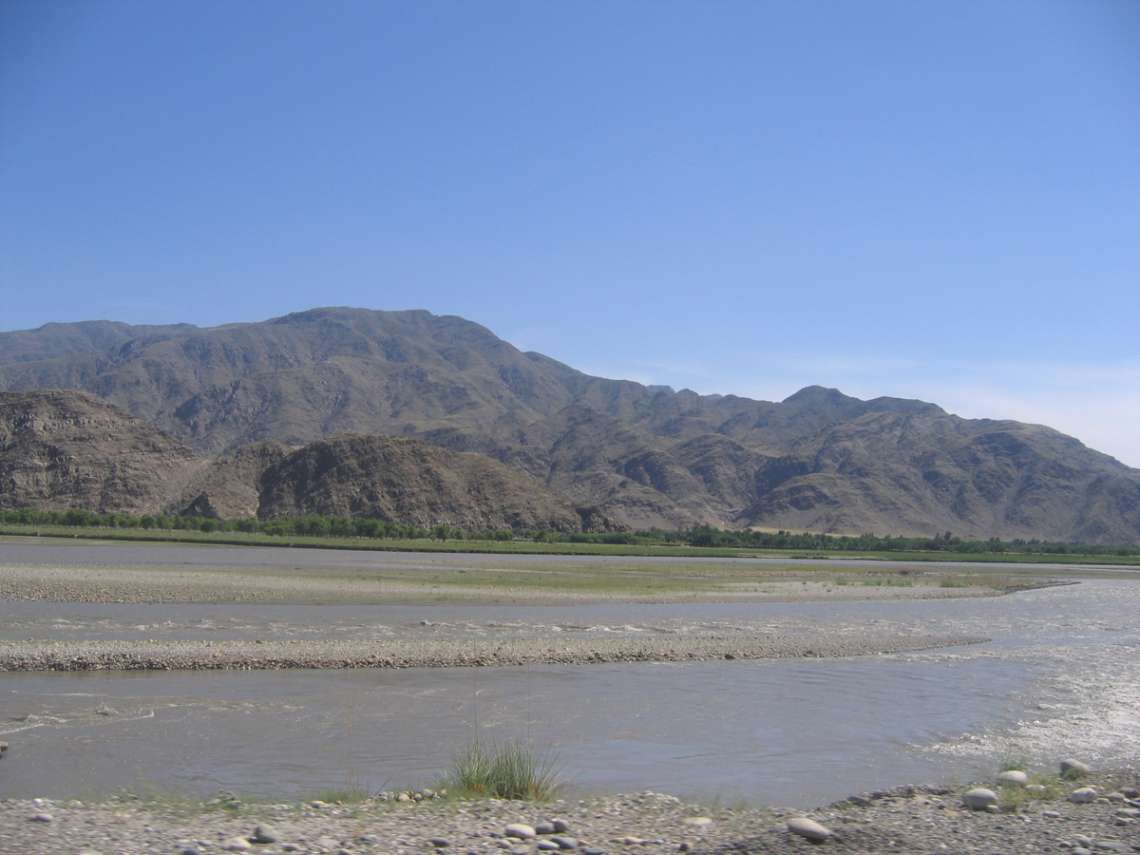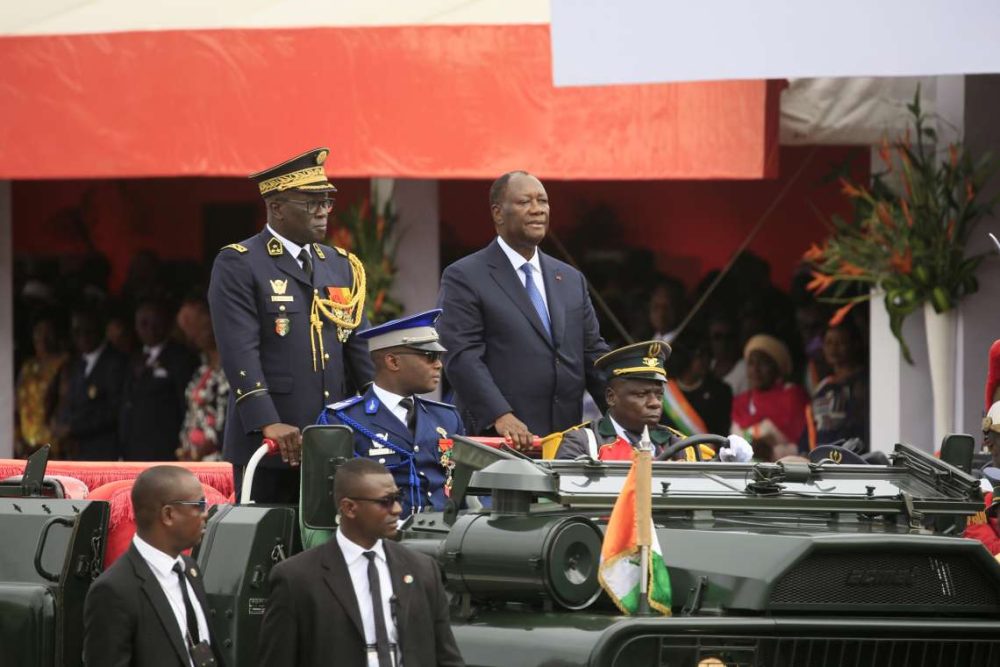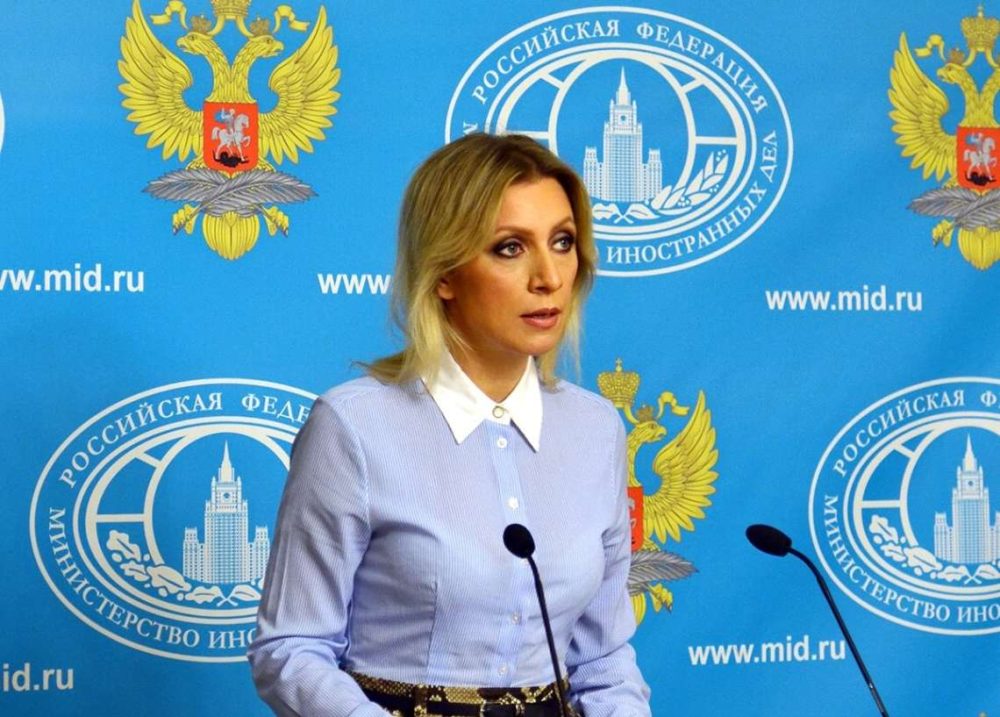The consumer price-based inflation at 7.79% stayed well above Reserve Bank of India’s (RBI’s) upper tolerance limit for the fourth consecutive month…reports Asian Lite news
India’s retail inflation surged to 7.79 per cent in April, largely driven by rising fuel and food prices, government data showed on Thursday. The consumer price-based inflation figure stayed well above Reserve Bank of India’s (RBI’s) upper tolerance limit for the fourth consecutive month.
In April, the CPI inflation expanded at its highest pace in eight years. The previous high was recorded at 8.33 per cent in May 2014.
April’s print was higher than 6.95 per cent in March and 4.23 per cent a year ago. Inflation in the food basket rose to 8.38 per cent in April from 7.68 per cent in the previous month.
Food inflation, which accounts for nearly half the consumer price index (CPI) basket, reached a multi-month high in April and can remain elevated due to higher vegetable and cooking oil prices globally.
The rate of price rise in ‘fuel and light’ category in the retail inflation basket quickened to 10.80 per cent in April this year from 7.52 per cent in the preceding month.
In the ‘oils and fats’ category, inflation remained at an elevated level of 17.28 per cent in April as Ukraine is one of the major sunflower oil producers in the world and India imports a major portion of the commodity from the war-ravaged country. Besides this, Ukraine is also a key supplier of fertiliser to India.
Vegetables witnessed an inflation print of 15.41 per cent during the month as against 11.64 per cent in March.
The Reserve Bank has been mandated by the Centre to keep the retail inflation between 2 per cent to 6 per cent.
The elevated price outlook pushed RBI to hike its repo rate for the first time in four years, lifting it by 40 basis points (bps) to 4.40 per cent in an off-cycle meeting earlier this month. Repo rate is the rate at which RBI lends money to commercial banks.
On the global front, U.S. Federal Reserve also increased its interest rate by 50 bps, the highest in 22 years.
Central banks have also indicated future rate hikes to bring down surging inflation.
Another set of government data conveyed that the factory output rose 1.9 per cent in March this year.
Morgan Stanley cuts India growth forecasts
Morgan Stanley has lowered its forecasts for India’s economic growth in the next two fiscal years, saying a global slowdown, surging oil prices and weak domestic demand would take a toll on Asia’s third-largest economy.
Gross domestic product growth will be 7.6% for fiscal 2023 and 6.7% for fiscal 2024, 30 basis points lower than the previous estimates, the brokerage said in a note dated Tuesday.
The cut reflects a pronounced economic impact from the Russia-Ukraine conflict that has driven up crude prices, pushing retail inflation in India – the world’s third-biggest oil importer – to its highest in 17 months.
“The key channels of impact will likely be higher inflation, weaker consumer demand, tighter financial conditions, the adverse impact on business sentiment, and a delay in capex recovery,” said Upasana Chachra, Morgan Stanley’s chief economist for India.

Both inflation and the country’s current account deficit will likely get worse due to broad-based price pressures and record-high commodity prices, she added.
In a move to contain unruly inflation, India’s central bank raised its main lending rate off record lows at an off-cycle meeting earlier in May. Markets see the Reserve Bank of India hiking its key rates further in the coming months as inflation remains elevated.
The country has also been importing oil from sanctions-hit Russia at discounted rates to ease some of the pressure from surging crude prices, which recently touched $139 a barrel.
India meets nearly 80% of its oil needs through imports and rising crude prices push up the country’s trade and current account deficit while also hurting the rupee and fuelling imported inflation.
ALSO READ-Inflation dampens retail sales in UK














